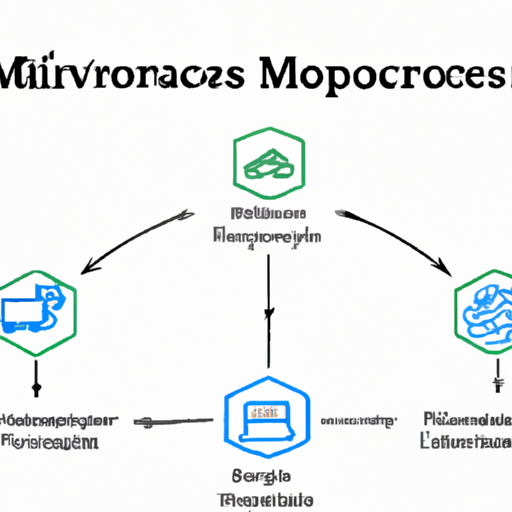In the ever-evolving world of software development, Microservices Architecture has emerged as a popular architectural style that enhances agility and scalability. This guide will help you understand what Microservices are, their benefits, and how they differ from traditional monolithic architecture.
What is Microservices Architecture?
Microservices Architecture is an approach to developing a single application as a suite of small services, each running in its own process and communicating with lightweight mechanisms, often HTTP-based APIs. This approach allows for flexibility, scalability, and robustness, fostering innovation and responsiveness.
Benefits of Microservices
- Scalability: Each microservice can be scaled independently, allowing resources to be allocated where they are most needed.
- Flexibility in Technology: Developers can choose the best technology stack for each microservice, leading to more efficient development.
- Improved Fault Isolation: A failure in one microservice does not affect the entire application, enhancing overall system stability.
- Faster Time to Market: Smaller, focused teams can develop and deploy individual microservices independently, speeding up the release cycle.
Microservices vs Monolithic Architecture
In contrast to Microservices, traditional Monolithic Architecture involves designing a single cohesive unit, which can lead to challenges such as:
- Scalability limitations, since the entire application must be scaled together.
- The risk of a single point of failure that can bring down the entire application.
- Slower deployment times, as changes in one part of the application can necessitate full redeployment.
While Monolithic Architecture can be simpler to manage for small applications, it can become cumbersome as applications grow. Microservices provide a solution to these scalability and deployment challenges.
Key Components of Microservices Architecture
Building a Microservices-based system involves several key components:
- API Gateways: A single entry point for external requests to access various microservices.
- Service Discovery: A mechanism that helps applications find the appropriate service instances dynamically.
- Load Balancers: Tools to distribute network traffic across multiple servers effectively.
- Configuration Management: Centralizes configuration settings for microservices, streamlining management.
Conclusion
Microservices Architecture offers a robust framework for constructing applications that promote agility, scalability, and fault tolerance. As organizations strive for quicker delivery and more reliable systems, adopting microservices can provide meaningful advantages. Understanding its concepts and practices is essential for developers and businesses aiming to leverage this architecture effectively.




